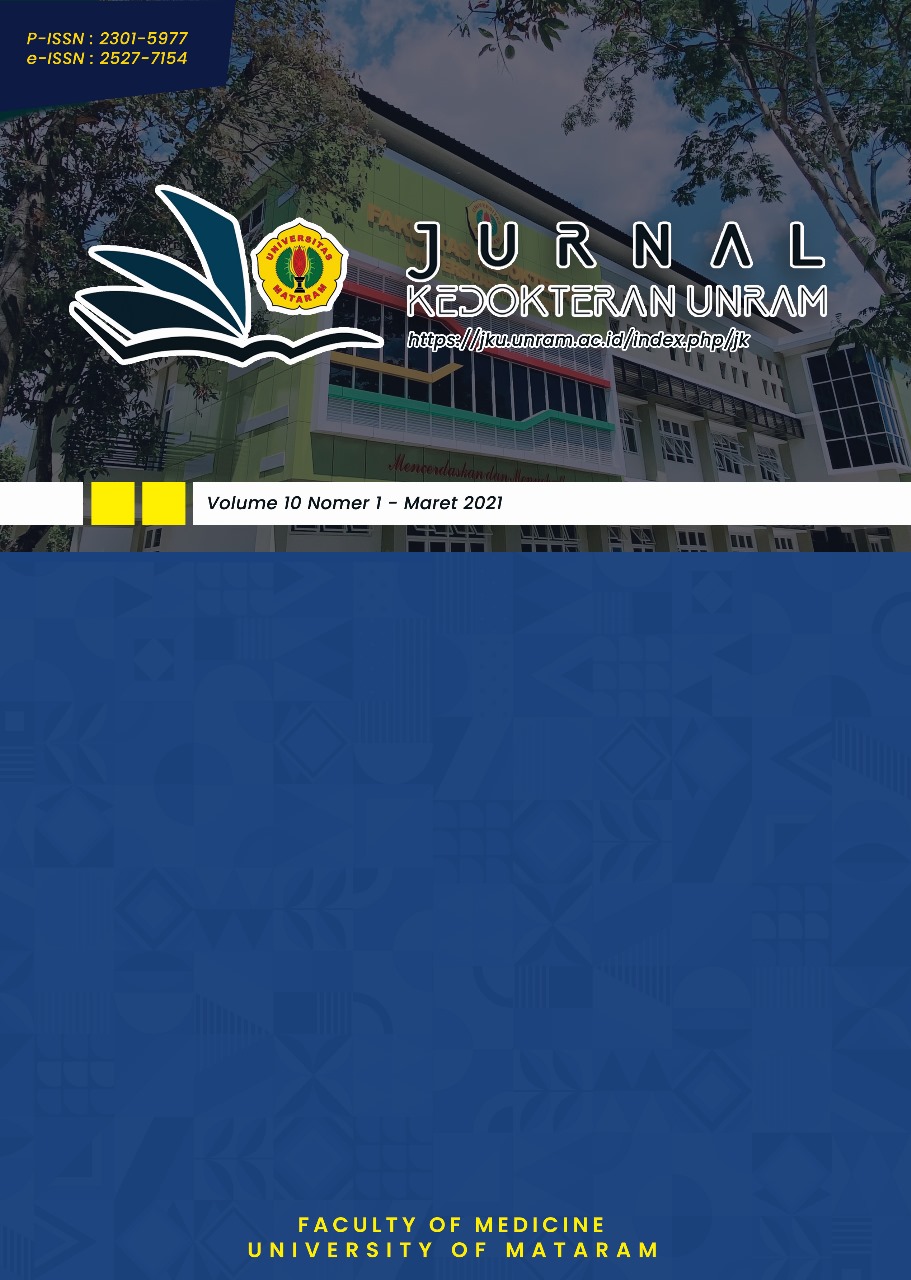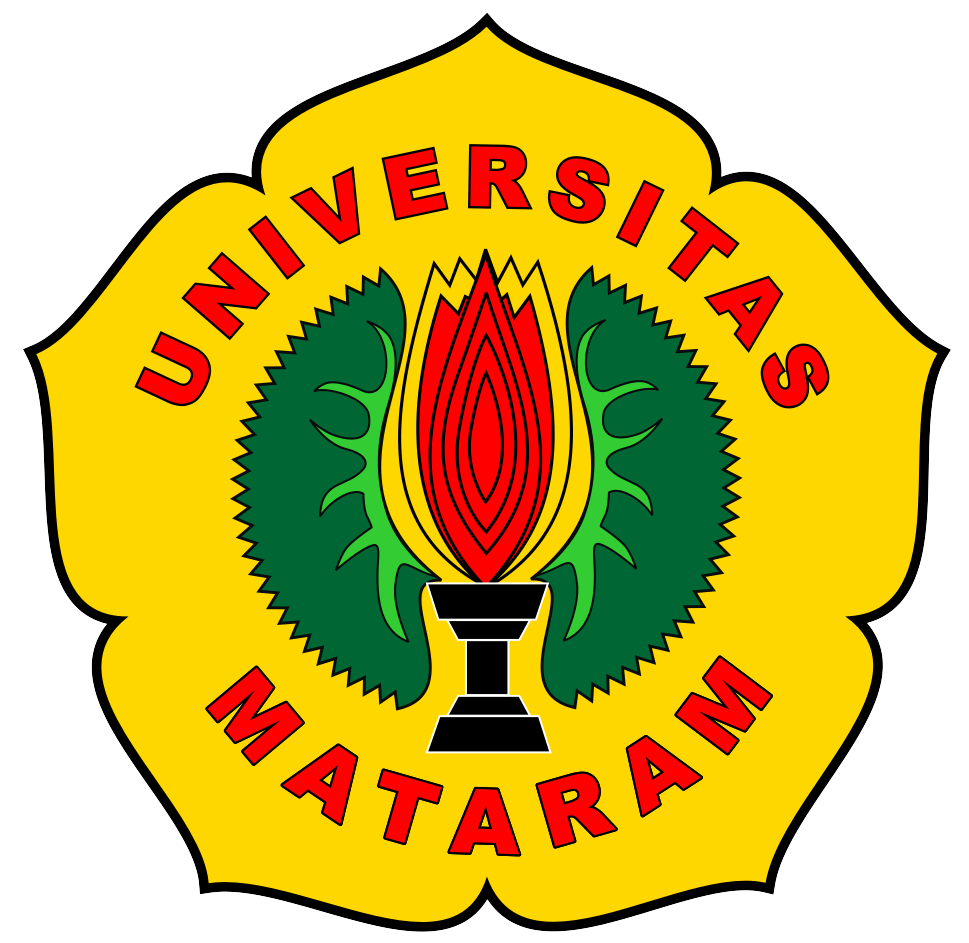Succesfull Bypassing Agent Treatment in Intra Cranial Bleeding Hemophilia A Patient with High Titer Inhibitor: a Case Report
DOI:
https://doi.org/10.29303/2pgy3571Keywords:
Subdural hematoma, intra Cranial Hemmorage, Hemophilia, InhibitorAbstract
Intracranial hemorrhage (ICH) is one of the major bleeding events causing mortality and long-term morbidity in children with hemophilia, especially those who receive on-demand therapy. Children with hemophilia have a greater risk of intracranial hemorrhage (ICH) than the general population, with estimated prevalences of 3.5-4% of neonates, and 3-10% of children over age 1 to 17-year-old with hemophilia.The mortality rate of hemophilia patients with ICH is 20-25%. The development of neutralizing antibodies (inhibitors) against infused factor VIII currently represents the main complication of replacement therapy in patients with severe hemophilia A. Inhibitors, indeed, particularly high-titer inhibitors (>5 BU/mL), greatly complicate the management of bleeding, exposing patients to an increased morbidity and mortality risk, thus representing a significant burden for physicians of Hemophilia Treatment Centers (HTCs). Although bypassing agents (i.e., activated prothrombin complex concentrate [APCC] and recombinant activated factor VII [rFVIIa]) are available for the treatment and prevention of bleeding in inhibitor patients, their efficacy, safety, and cost–benefit outcomes are poorly known in the long term and should be further improved.
Downloads
Published
Issue
Section
License
Authors who publish with Unram Medical Journal, agree to the following terms:
- Authors retain copyright and grant the journal right of first publication with the work simultaneously licensed under a Creative Commons Attribution 4.0 International License (CC-BY License). This license allows authors to use all articles, data sets, graphics, and appendices in data mining applications, search engines, websites, blogs, and other platforms by providing an appropriate reference. The journal allows the author(s) to hold the copyright without restrictions and will retain publishing rights without restrictions.
- Authors are able to enter into separate, additional contractual arrangements for the non-exclusive distribution of the journal's published version of the work (e.g., post it to an institutional repository or publish it in a book), with an acknowledgment of its initial publication in University of Mataram's Journal of Medicine.
- Authors are permitted and encouraged to post their work online (e.g., in institutional repositories or on their website) prior to and during the submission process, as it can lead to productive exchanges, as well as earlier and greater citation of published work (See The Effect of Open Access).
- This journal is open access journal which means that all content is freely available without charge to users or / institution. Users are allowed to read, download, copy, distribute, print, search, or link to full text articles in this journal without asking prior permission from the publisher or author.







